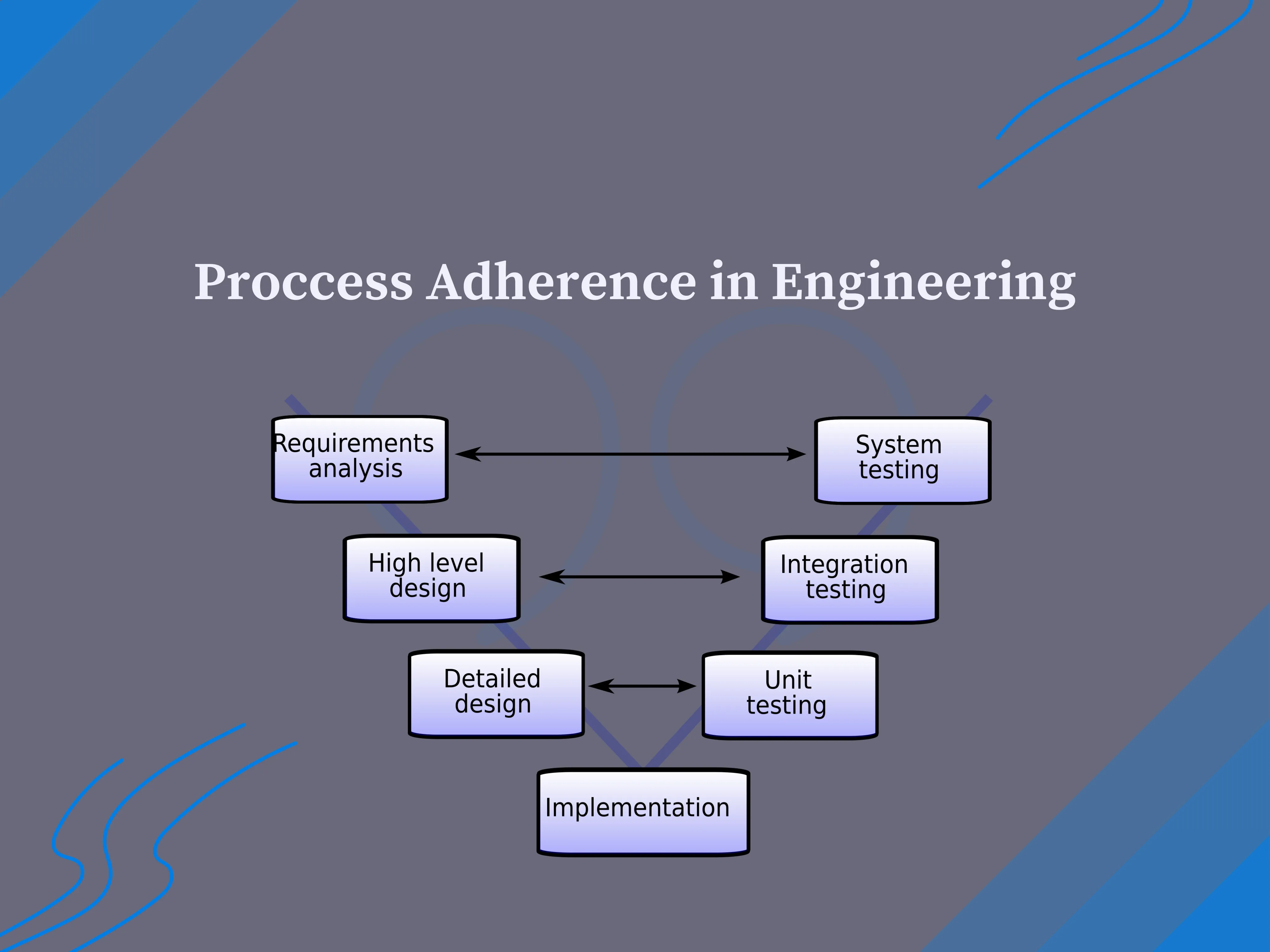What is the V-Model and how can it help me?
The V-Model is a graphical representation of a systems development lifecycle model that can act as a roadmap for creating safety-critical systems. It ensures a systematic approach to both development and testing by clearly mapping out each phase of the design process and its corresponding validation step. This structured framework is essential for engineers to navigate the complexities of ensuring system safety and reliability. It visually represents the relationship between each development phase (left side of the "V") and its corresponding testing phase (right side of the "V").
The V-Model is widely used across various industries due to its structured approach. This structured approach helps in maintaining a clear and organized development process and by integrating testing at each stage of development. The V-Model also helps in early detection and correction of defects, which enhances the overall reliability of the system. In the automotive industry, it is crucial for developing embedded systems and safety-critical components, ensuring compliance with safety standards and enhancing reliability. Aerospace and defense sectors use it for complex systems like avionics, meeting stringent regulatory requirements and enhancing system reliability. In healthcare, it ensures medical devices and health information systems meet regulatory standards, improving patient safety and device reliability.
The respective work items as part of the development and integration process for various levels and the relationship between them are shown in Figure 1.

Phases of the V-Model
Development Phase:
Concept Phase: Planning and defining system requirements.
System Design: High-level design of the system architecture.
Subsystem Design (Hardware and Software): Detailed design of hardware and software components.
Implementation: Coding and development of components.
Testing Phase:
Unit Testing: Testing individual components.
Integration Testing: Testing combined components.
System Testing: Testing the complete system.
Acceptance Testing: Final testing for deployment readiness.
Functional Safety and the V-Model
Functional Safety ensures systems operate as intended in response to inputs, even during failures to reduce exposure to unacceptable risks. The ISO 26262 standard emphasizes functional safety throughout the lifecycle of automotive systems. The V-Model aligns with this by mapping development stages to specific verification and validation steps, ensuring safety considerations are systematically addressed. This alignment helps in identifying and mitigating risks early in the development process, which is crucial for the reliability and safety of automotive systems. While ISO 26262 explicitly uses the V-Model to illustrate this process, other industries, such as machinery, robotics, and rail, also follow similar structured approaches. These industries may not always depict the full V-Model but still adhere to its principles of systematic development and rigorous testing to ensure safety and reliability.
Implementing Functional Safety with the V-Model
Implementing Functional Safety with the V-Model involves several key steps to ensure safety throughout the system's lifecycle.
Management of Functional Safety:
Establish a safety culture and define roles.
Plan and coordinate safety activities.
Concept Phase:
Define the system and initiate safety lifecycle activities.
Conduct hazard analysis and risk assessment.
System Design Phase:
Translate functional to technical safety requirements.
Design and integrate the system.
Subsystem Development (Hardware and Software):
Design and test components for safety compliance.
Production and Operation:
Ensure safe production processes and operation.
Supporting Processes:
Manage configuration changes and validate safety requirements.
Decommissioning:
Plan and safely execute system decommissioning.
By following these steps, organizations can ensure system reliability and safety, minimizing risks and enhancing performance.
Conclusion
The V-Model and Functional Safety are essential tools in engineering, ensuring systems are functional, safe, and reliable. Embracing these methodologies builds trust and safeguards users. Together, they enhance the development process by providing a structured framework for systematic development and rigorous testing. This minimizes project risks, improves quality, reduces costs, and enhances communication among stakeholders. By integrating safety considerations at every phase, potential hazards are identified and mitigated early, leading to better process management and overall project success. These advantages make the V-Model and Functional Safety a robust framework for any development project.
